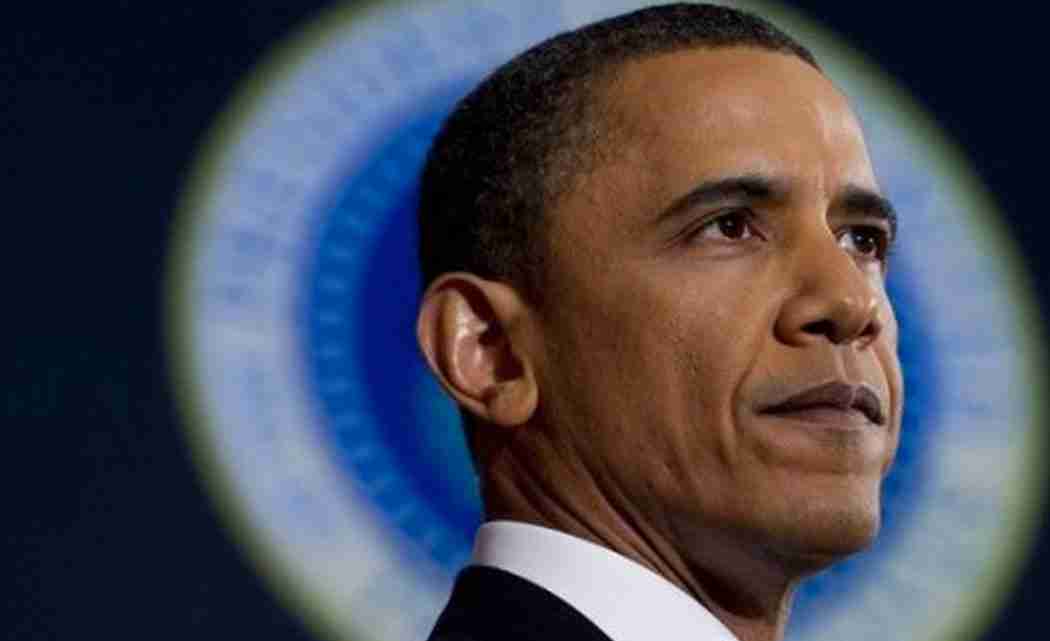WASHINGTON (AP) _ President Barack Obama dearly wanted to get the government in the business of rating colleges and universities based on value and affordability, promising a new system by 2015. Now that goal is shriveling under the weight of a concerted opposition from universities, lawmakers and bureaucrats in Obama’s own administration.
Nearly two years after the president, standing before a crowd of 7,000 at the University at Buffalo, unveiled the bold proposal as a way to curb soaring college costs, his administration has quietly but drastically scaled back the initiative. No longer does the federal government intend to use a formula to score schools based on factors like price, average student debt and graduation rates, as Obama had envisioned.
Instead, the new tool will allow prospective students to decide which factors are important to them, then draw their own conclusions from the statistics. But the Education Department declined to say which new statistics the tool will offer that aren’t already available on existing government websites.
Abandoning the original plan marked the latest in a series of stumbles for Obama’s education priorities. In his 2013 State of the Union address, Obama called for expanding access to pre-kindergarten to all American children, and in his 2015 address, he pushed a $60 billion plan to offer two years of free community college. Neither proposal has gained any traction.
The Education Department said it’s still determining what the revised college tool will look like, but that it’s still on track to roll it out by the start of the 2015-2016 academic year, roughly two months from now.
“It is anything but a retreat,” Education Department Undersecretary Ted Mitchell said in an interview. “It’s a retooling and, we think, an advance on the original concept.”
Yet Obama’s goal, as he described when he announced the plan in August 2013, was to create an alternative to private rankings like U.S. News and World Report whose formulas incentivize schools to “game the numbers” and even raise costs. Instead, Obama sought a system that prioritized whether schools are enrolling and graduating poorer students and whether their graduates succeed in the workforce.
“I think we should rate colleges based on opportunity _ are they helping students from all kinds of backgrounds succeed _ and on outcomes, on their value to students and parents,” Obama said. He took it a step further by proposing that Congress eventually tie a school’s eligibility for federal financial aid to its score in the new ratings system.
Resistance to Obama’s plan was swift, vehement and nearly universal.
Associations representing colleges with traditionally conflicting interests _ such as community colleges and private universities _ all lined up in opposition, warning the project was too complex, too subjective and too dependent on shoddy data to ever work fairly. As the Education Department mounted an extensive, lengthy listening tour across the country, college presidents warned of dire unintended consequences and implored the government to reconsider.
On Capitol Hill, the proposal drew pushback not only from the president’s traditional Republican foes, but also some Democrats. Sen. Lamar Alexander, R-Tenn., a former education secretary and chair of the Senate’s education panel, took to the Senate floor to threaten an amendment blocking the ratings system. And in the House, Republican Rep. Bob Goodlatte of Virginia and Democratic Rep. Michael Capuano of Massachusetts _ two states with large numbers of colleges _ joined forces to sponsor a resolution opposing Obama’s plan.
“Do I think they would have continued if no one had pushed back? Of course I do,” Capuano said.
But for nearly two years, the administration stuck to the original plan. In a blog post in December 2014, the Education Department said it was considering rating schools as high-performing, medium-performing or low-performing and outlined a few potential metrics, but disappointed many by failing to flesh out the formula it would use to assign ratings.
Driving the decision to stick with a ratings system was Obama, who was dead-set on carrying out his original vision for the project, according to interviews with nearly a dozen congressional aides, administration officials and college association leaders. Many of them spoke on condition of anonymity to avoid criticizing the president publicly.
From the start, career bureaucrats and data experts at the Education Department said the idea wasn’t feasible, but met continued White House resistance, those officials said. Technical experts in the education industry that the administration consulted offered similar warnings. Eventually, higher-level Education Department officials grew convinced the plan was unworkable, and persuaded the White House to allow a scaled-back approach devoid of hard-and-fast ratings.
“We are right where the president wanted us to be in terms of making progress toward his vision,” said James Kvaal, deputy director of the White House’s Domestic Policy Council.
University associations that had fought the proposal praised the Obama administration for taking their concerns seriously and eventually agreeing to abandon the initial plan, calling it a rare example of the government acknowledging its own missteps.
“They really did listen on this,” said Sarah Flanagan, the top lobbyist for the National Association of Independent Colleges and Universities. “The more they looked into it, they realized it wasn’t doable.”













No Comment